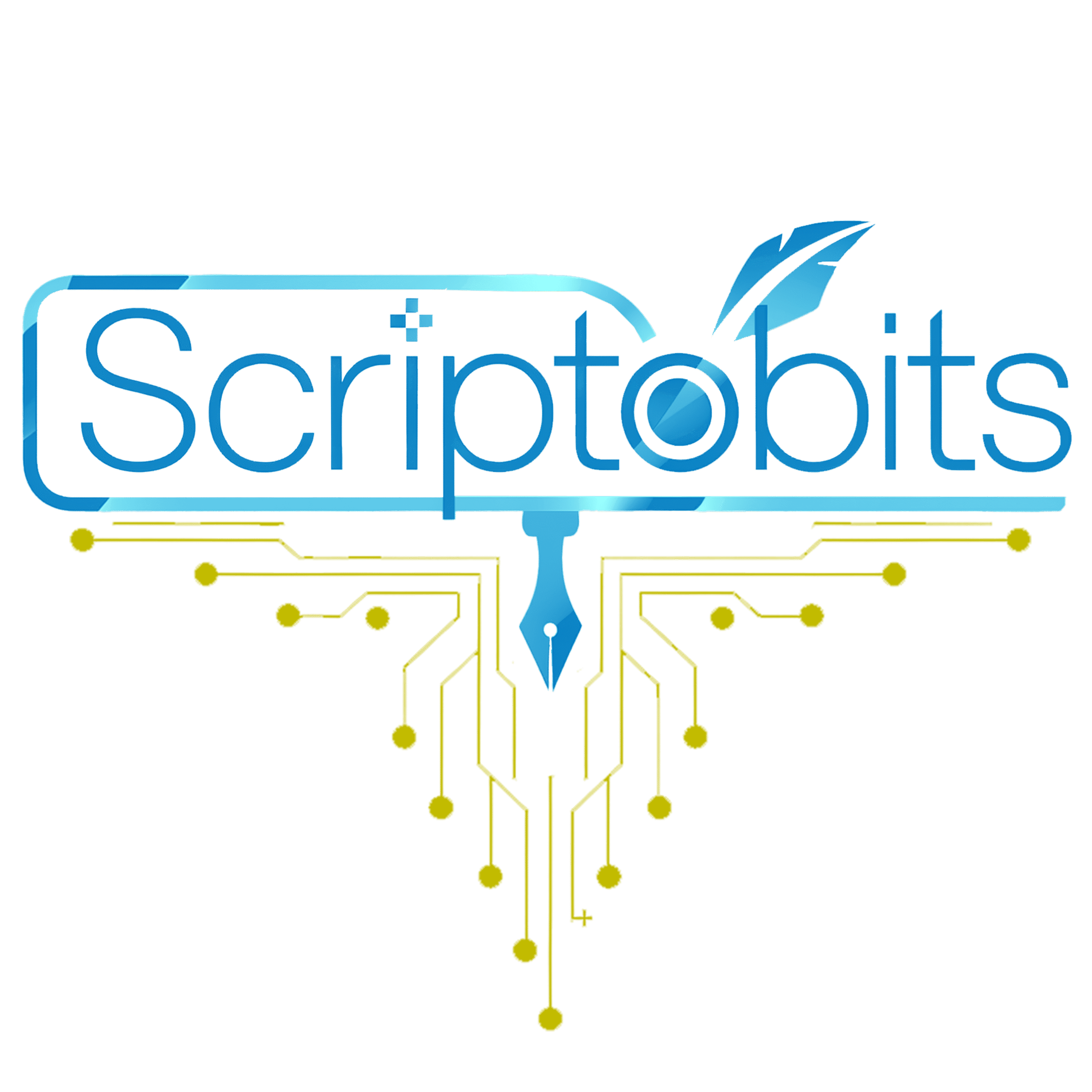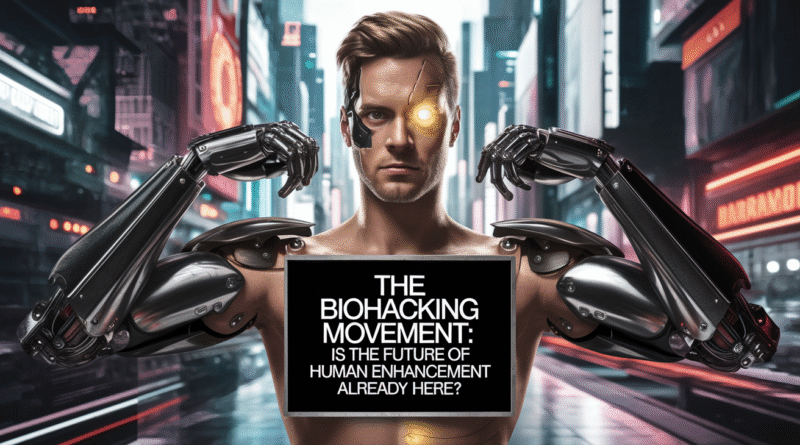The Biohacking Movement : Is the Future of Human Enhancement Already Here?
Biohacking, the practice of using science and technology to enhance and optimize the human body, has evolved from a niche interest into a growing global movement. Once primarily associated with Silicon Valley technophiles and transhumanists, it now spans a wide range of activities, from lifestyle adjustments aimed at boosting physical and mental well-being to more extreme measures like genetic alterations and the implantation of technology beneath the skin.
At its core, biohacking aims to expand human potential, giving individuals the power to take control of their biology and make enhancements that once seemed like science fiction. However, as it gains mainstream attention, concerns about ethics, accessibility, and the long-term consequences are growing. Are we approaching an era where routine upgrades to the human body through technology and biology are commonplace, or is this future still far off?
The Origins and Growth of Biohacking
The biohacking movement is the result of several converging trends in science, technology, and self-improvement culture, blending elements of biology, biotechnology, and do-it-yourself (DIY) science. Biohackers seek to enhance performance, health, and longevity through a variety of methods, from dietary changes and exercise to wearable technology and even more invasive approaches such as implants or gene editing.
Biohacking can be divided into three broad categories:
- Nutrigenomics and DIY Biology: This form of biohacking focuses on improving health and performance through nutrition, exercise, supplements, and sometimes cognitive enhancers, or nootropics. For example, the ketogenic diet—a high-fat, low-carbohydrate approach—has become popular for its claimed benefits to cognitive function, weight loss, and energy levels. Proponents believe that by managing inputs like food and exercise, they can optimize their outputs in terms of health, productivity, and longevity.
- Grinders and Cybernetic Enhancements: This branch involves more experimental and invasive methods, such as implanting RFID chips or magnets into the body. « Grinders, » as these biohackers are known, aim to blend technology with biology, pushing the boundaries of human-machine interaction. Some believe this could eventually allow humans to enhance their abilities and deepen their connection with the digital world.
- Gene Hacking and CRISPR: The most advanced and controversial form of biohacking involves altering the human genome using CRISPR, a powerful gene-editing technology. This allows for changes in DNA that were once unimaginable. While the ethics of gene hacking are still debated, advocates argue that it could offer revolutionary benefits, such as curing diseases or enhancing human abilities like strength, intelligence, and even slowing the aging process.
Everyday Biohacking Practices
Not all biohacking involves drastic interventions like implants or genetic manipulation. Many biohackers focus on everyday lifestyle changes aimed at improving health, energy, and mental clarity. These practices, sometimes called « lifestyle biohacking, » have gained popularity within mainstream wellness circles. Some common techniques include:
- Intermittent Fasting: Alternating between periods of eating and fasting, this approach is believed to boost metabolic health, brain function, and even longevity.
- Cold Exposure and Cryotherapy: Exposure to cold, such as ice baths or cryotherapy, is thought to enhance circulation, reduce inflammation, and increase fat burning.
- Mindfulness and Meditation: Though widely practiced outside biohacking, mindfulness and meditation are used by biohackers to optimize brain function, reduce stress, and improve overall well-being.
- Wearable Technology: Devices like Fitbit or Apple Watch track health metrics such as heart rate and sleep patterns, providing feedback that can help individuals fine-tune their health and wellness.
These simpler biohacking techniques are accessible to almost anyone, offering immediate feedback and tangible results, which explains their rising popularity.
Grinders and Cybernetic Enhancements
While some focus on lifestyle changes, others take a more radical approach, using technology to augment their bodies. Known as « grinders, » these biohackers experiment with implantable devices to enhance human capabilities. One prominent example is Neil Harbisson, who identifies as a cyborg due to an antenna implanted in his skull, which enables him to perceive colors through sound. This kind of technology-human fusion offers new possibilities for sensory perception and interaction with the world.
Other grinders implant magnets or RFID chips under their skin, allowing them to unlock doors, make payments, or store data with a simple hand gesture. Although these modifications might seem futuristic, they represent early attempts to augment human abilities—aligning with the transhumanist vision of surpassing natural human limits.
However, such practices remain controversial and highly experimental. Most biohacking implants are developed by independent communities, often lacking regulatory oversight, raising concerns about safety and ethics, especially as body modifications become more permanent.
CRISPR and Gene Editing: The Cutting Edge of Biohacking
CRISPR, a breakthrough in gene-editing technology, has given biohackers unprecedented power to alter human DNA. While CRISPR is already being used in scientific research to treat genetic disorders and improve agriculture, some biohackers have taken it into their own hands for personal experimentation. In 2017, biohacker Josiah Zayner made headlines by injecting himself with CRISPR-designed DNA to promote muscle growth, sparking widespread debate about the ethical and safety implications of DIY genetic modifications.
While gene editing has enormous potential to treat diseases, the idea of using it for enhancements—such as improving intelligence, athletic ability, or even lifespan—raises significant ethical questions. Should society permit the creation of genetically « enhanced » humans? And, if so, who will have access to these technologies?
There is also the risk of deepening social inequalities, as genetic enhancements may only be available to the wealthy, further exacerbating the divide between the privileged and the disadvantaged.
Ethical Considerations in Biohacking
As biohacking continues to gain momentum, ethical questions are becoming more pressing. One major concern is access—will the benefits of biohacking be available to everyone, or will they be limited to those who can afford them? If technologies like gene editing or cybernetic implants become widespread, they could create a new class of biologically enhanced elites, intensifying existing inequalities.
Another issue is safety. Many biohackers operate outside of the traditional medical system, experimenting on themselves without regulatory approval. While some practices, such as lifestyle changes, are low risk, others—like implants or gene editing—carry significant dangers, particularly when performed without proper oversight.
Finally, society must decide how far we should go in enhancing human capabilities. Should we allow people to enhance their intelligence or physical strength through biohacking? What are the long-term implications of allowing widespread human augmentation? These questions will require careful consideration as biohacking technologies continue to evolve.
The Future of Biohacking
As biohacking advances and access to scientific tools becomes more democratized, we are likely to see even more sophisticated methods and breakthroughs in human augmentation. The rise of community labs, where amateur scientists can experiment with DIY biology, is further accelerating this trend.
However, with these advancements will come increased scrutiny from governments and regulatory bodies. Biohacking pushes the boundaries of what it means to be human, and society will need to carefully weigh the ethical and legal implications. While some biohacking practices may remain on the fringes, others could become part of mainstream culture, fundamentally changing our approach to health, performance, and human potential.

